The following is an article originally published in March 2023, by Ethanol Today.
SAF Means a Massive Market for Low Cl Ethanol
By Jim Ramm, P.E., EcoEngineers VP Client Services
I recently attended the Sustainable Aviation Futures Conference in San Francisco and was impressed by the strong drive by both the airline industry and government agencies toward decarbonization. The airlines I spoke with say they plan to expand sustainable aviation fuel (SAF) to 100 percent of aviation fuel used by 2050 to achieve net zero goals. The Department of Energy goals for SAF are 3 billion gallons by 2030 and 35 billion gallons by 2050 for the U.S. market alone.
However, according to aviation and renewable fuel industry leaders I spoke with at the conference, not enough vegetable oil feedstock exists to go around, and only ethanol has the scale to achieve the new demand. This is great news for ethanol producers concerned about an electric vehicle (EV) take-over of the 15 billion gallon U.S. ethanol market Since about 1.9 gallons of ethanol is required to make a gallon of SAF, the new SAF market has the potential to eclipse the current U.S. ethanol demand. Not only will SAF be made from distillers’ com oil (DCO) and waste fats at facilities like the 125 MGPY HOBO Clinton, but even more significant volumes of SAF will be produced from ethanol at facilities like LanzaJet Soperton or Gevo Net-Zero 1 Lake Preston. One question is whether the ethanol to produce SAF will come from Brazilian sugarcane or U.S. corn.
For the first time, the incentives and regulations to support the expansion of ethanol to SAF are in place. However, not just any ethanol can be used successfully to replace fossil jet fuel. New regulations from the USEPA include the bio-intermediate rules which allow undenatured ethanol to be registered as a bio-intermediate and then be converted to SAF at a separate facility. This can be seen in the recent pathway determination letter from EPA approving an ethanol-to-jet pathway for LanzaJet. In this case, the bio-intermediate feedstock is sugarcane ethanol and the resulting SAF is D4. Com-based ethanol could also act as a biointermediate feedstock for D4 SAF as long as it is low carbon intensity (Cl). Gevo Net-Zero 1 Lake Preston will use U.S. com ethanol to produce SAF. The national Renewable Fuel Standard (RFS) will require at least a 50 percent reduction in greenhouse gases (GHG) versus petroleum, and 60 percent to achieve a maximum valuation of up to $2.20 per gallon under the RINs credits from that program.
The Inflation Reduction Act (IRA) has a SAF tax incentive (45Z) that requires at least a Cl of 50 kg per mmBtu but scales up to $1.75 per gallon based on Cl. Most ethanolto-jet projects are likely to require that the ethanol have a Cl of 35-40 kg C02 e per MM Btu or lower in order to qualify for SAF incentives, including stackable EPA RINs, RFS Tax Credits, and carbon credits.
SAF is a fantastic new and expanding market for low-Cl ethanol. In addition, there will be multiple markets available for low-Cl ethanol, including SAF, RFS, IRA, California, Oregon, Washington, Canada, and future markets. The IRA provides incentives to make investments into carbon capture and storage (CCS), renewable process heat, renewable electricity, and sustainable agriculture that can increase ethanol value by lowering net Cl. The American Coalition for Ethanol (ACE) has established leadership in sustainable agriculture by providing the Corn Ethanol Carbon Intensity Calculator at ethanol.org/calculate-ci. Moreover, sustainable agriculture, CCS, and other improvements will be important steps for U.S. ethanol to meet the ACE and RFA pledge of 70 percent GHG reduction by 2030.
Ethanol producers should act now to get ready for low Cl ethanol markets, and they don’t need to do it alone. There are concrete steps they can take to move this forward. First, establish a baseline of where your plant Cl is today based on the Argonne National Laboratory GREET model for participating in the IRA. Then, make a plan for Cl reduction to get ready for the new markets of the IRA which take effect January 1, 2025.

For more information about our client services, contact: Jim Ramm, P.E., VP Client Services | jramm@ecoengineers.us
More EcoInsights

19 December 2025
Project Spotlight: American Biogas Council

18 December 2025


